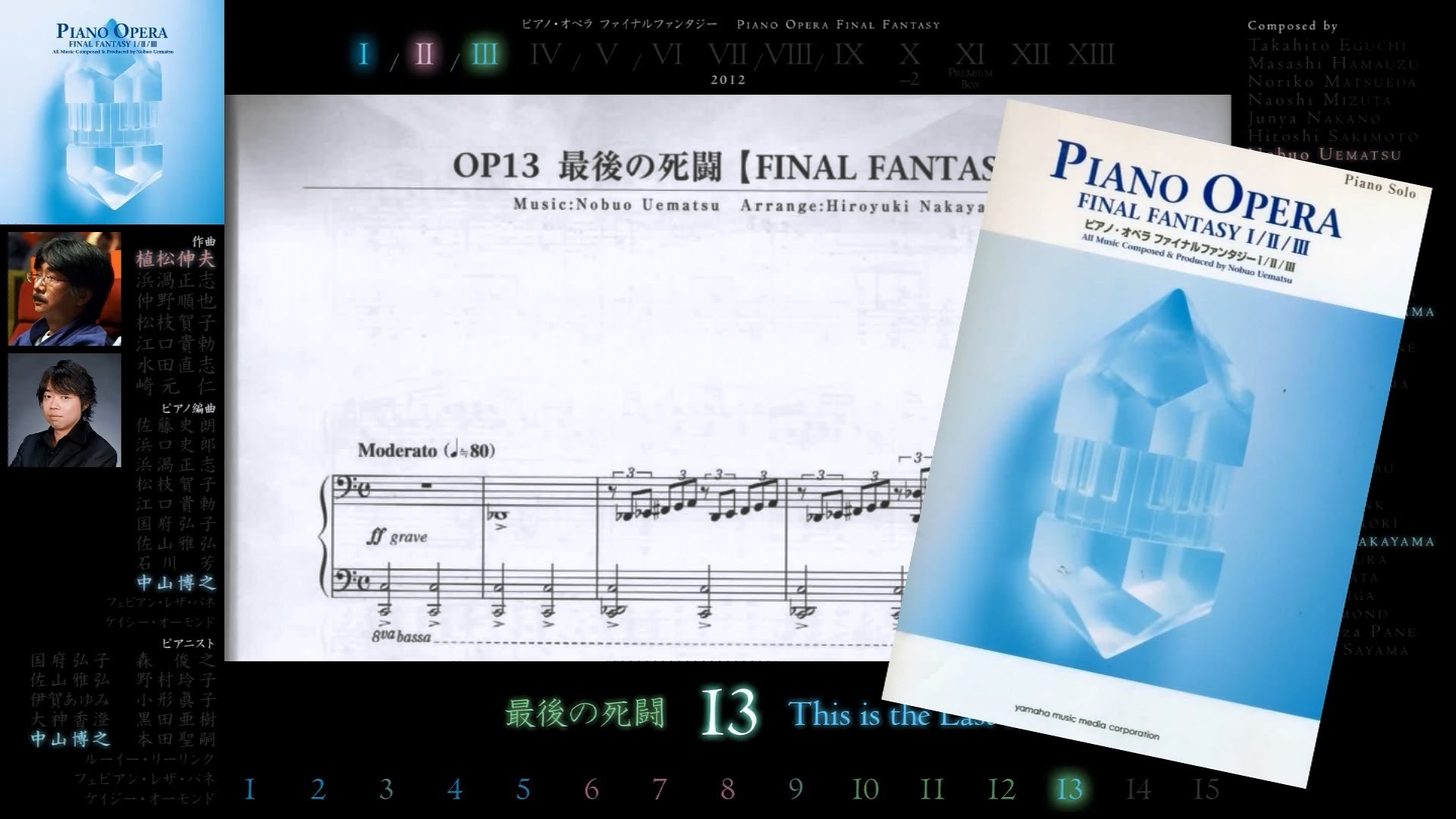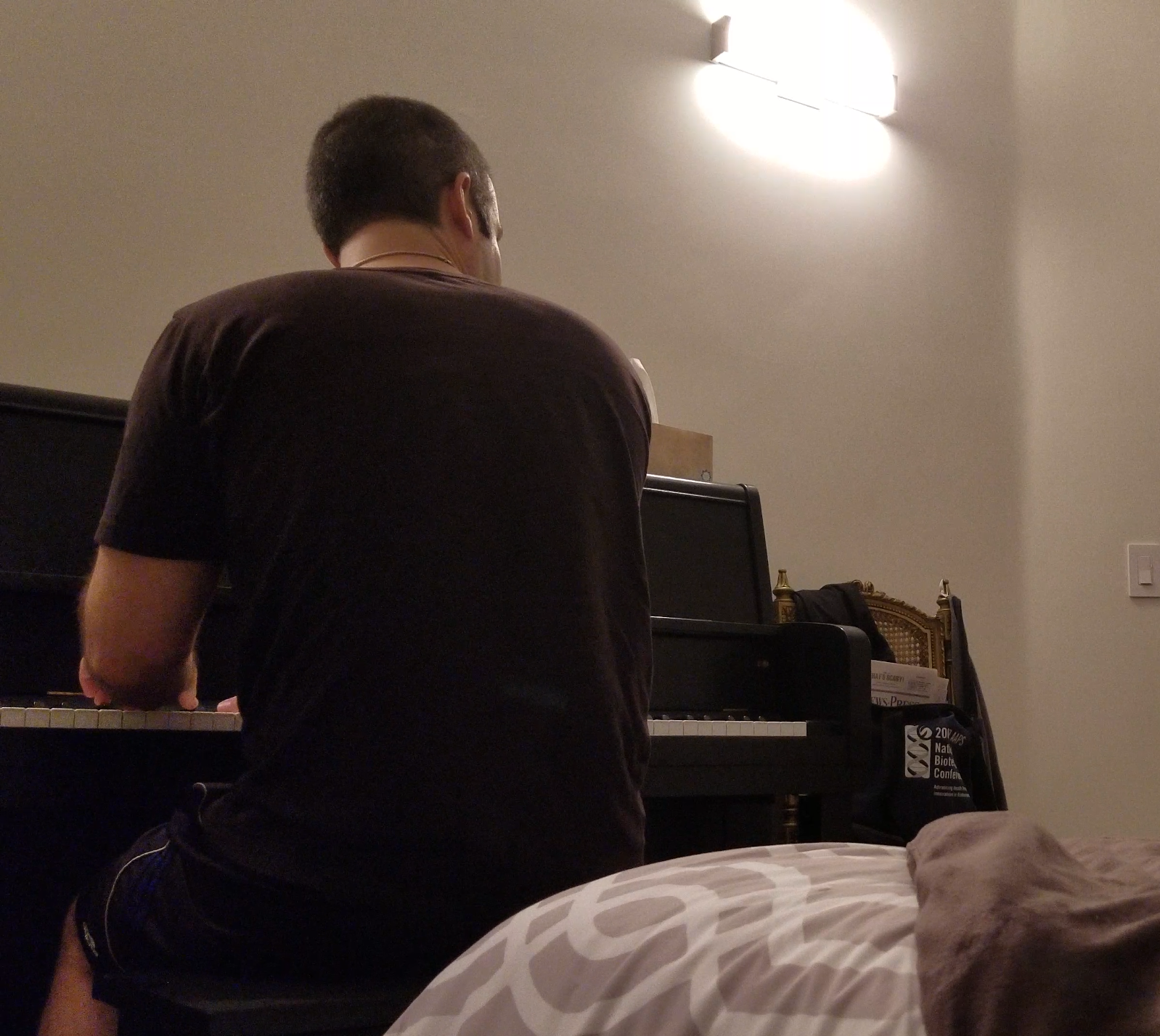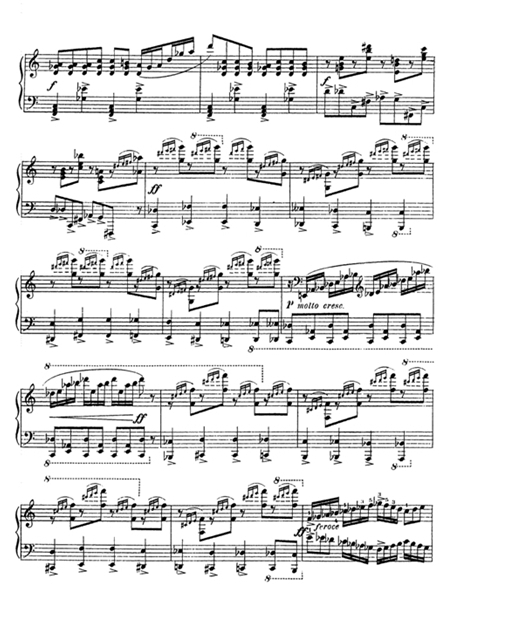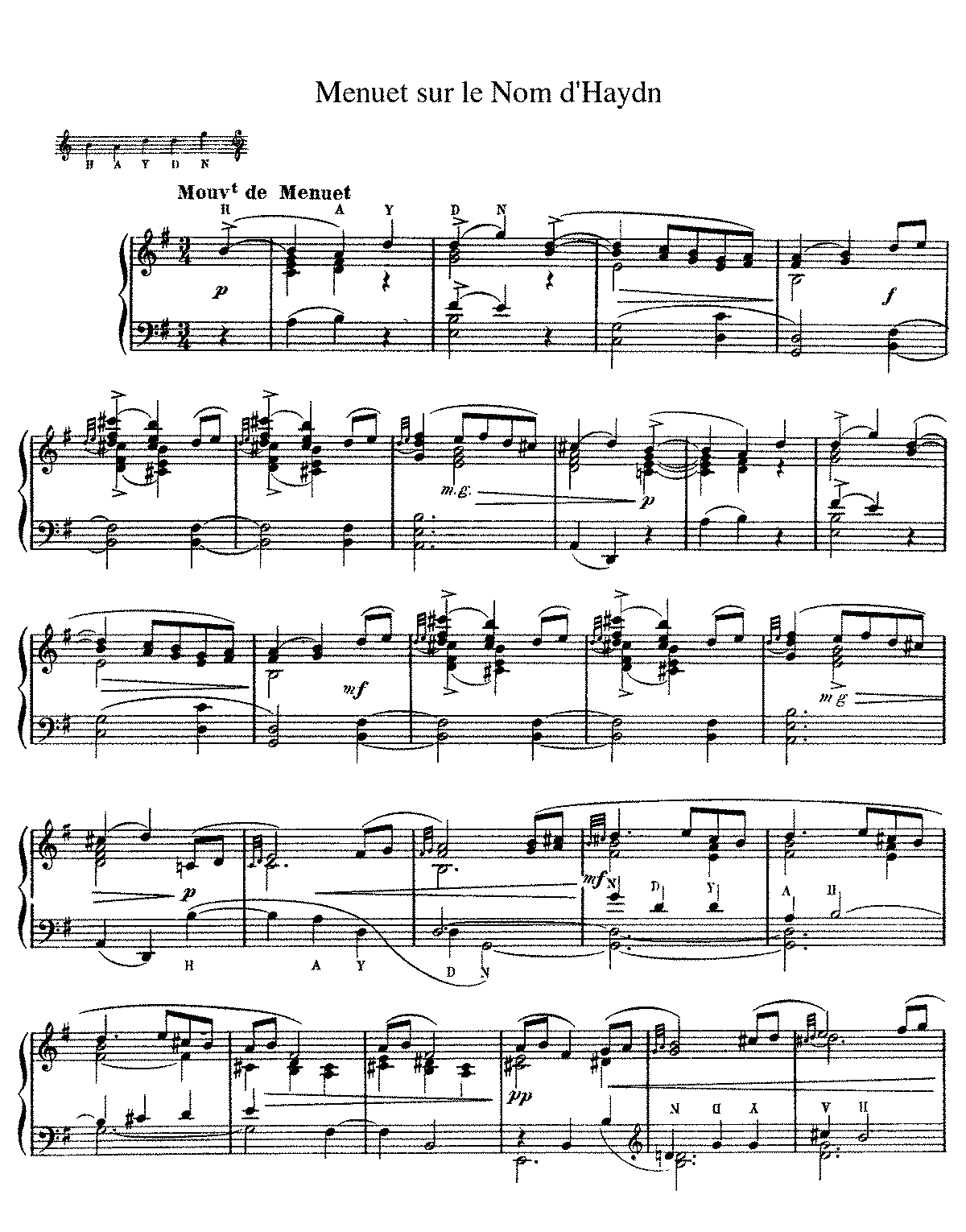Monday, August 6th, 2018
--------------------------------------------------------------------------------------------------------------------------------------------------------------------------------------------------------------------------------------------------------------------------------------------------
Today I played at Heritage House by Ralph’s in the Magnolia Shopping Center. I practiced for four hours prior on my keyboard, memorizing certain chords structures of the pieces I was planning to perform. However I did not get a chance to practice sight-reading afterwards, which I do daily.
I focused on playing nocturnes by Chopin, along with his preludes. I also played Beethoven’s Pathetique Sonata, which I was able to practice earlier that day. There are certain sections in the first movement which are easier to play on my keyboard than other pianos with different key weight and touch, so I had to watch out for that. The baby grand at Heritage House has a slightly heavier touch-weight than my personal keyboard. I usually combat this by practicing at home on my own baby grand, however, today I wanted to practice outside so I used my keyboard.
I was nervous about playing my pieces as perfectly as possible, because I have not had any issues so far at Heritage House making mistakes on my pieces, like I have at other retirement homes. Unfortunately I made careless errors in Chopin’s Raindrop prelude, which made me think, “I might as well play my difficult pieces since I’ve already made mistakes.”
All in all it was a fun time, and I plan on preparing new pieces to perform when I go there next in two weeks.
------------------------------------------------------------------------------------------------
Wednesday, August 8th, 2018
-------------------------------------------------------------------------------------------------------------------------------------------------------------------------------------------------------------------------------------------------------------------------------------------------
Today I had a chance to practice my older pieces such as Liszt's Lieberstraum 3 and Brahms' Rhapsody 2. I have reached my goal this week of practicing a certain amount of Prokofiev's Suggestion Diabolique at a constant speed of 120 bpm on the metronome. I really like the way Diabolic Suggestion sounds, but none of my friends or family really care for it. Here is what its supposed to sound like:
It's more of a modern piece than a standard baroque, classical, or romantic era period piece. I think it sounds really cool though! It has an interesting name too, and I love how the theme repeats itself in variation after variation, whether it starts on different notes, involves varying intervals, skips to the left hand, or is played by accented octaves. I will upload portions of the sheet music to give specific examples. Identifying the theme in Diabolic Suggestion is an excellent introduction for beginners to get them to understand how composers use different techniques in expressing the same theme throughout their pieces.
Other than that I had a good opportunity to practice my sightreading with the Final Fantasy 1, 2, and 3 Opera score. I think its always important to engage in a little bit of sightreading every practice session, since it is a great skill to have in playing an instrument. What I mean by sightreading is having the ability to pull out a random sheet of music and be able to play it on the first try.

------------------------------------------------------------------------------------------------
Friday, August 10th, 2018
-------------------------------------------------------------------------------------------------------------------------------------------------------------------------------------------------------------------------------------------------------------------------------------------------
I was looking forward to practicing this morning because I had a clear idea of what I wanted to work on with Suggestion Diabolique. I had to review the previous sections and get them up to speed again in my fingers, since last week I worked on the new sections. It did not take long to remember how to play those sections, specifically the first four pages. I was a little frustrated at the lack of dynamic range of my keyboard however. I wanted to practice again in the outdoors this Friday, so I took my keyboard out. This lack of dynamic range, along with simpler touch-weight, is why I urge students to practice on a real piano as much as possible. Sometimes I like to practice outside though, because practicing indoors can get stale quickly. Practicing outdoors also inspires me, being in nature.
While I was going through the section of Suggestion Diabolique involving jumping octaves of the right hand, I felt proud of myself to be able to play it at 125bpm. Last week I was struggling to place my right hand in the correct position as it was jumping around, but I made sure to look where it was going, as the left hand moved fewer intervals at a time. After a while I got used to the pattern of octaves of the right hand, since all it does it jump to the octave adjacent to it and does nothing too tricky. That was when I could stop focusing so much looking at it, and start including the dynamics, as well as bringing out the theme in the left hand.
I will be excited when I pursue Suggestion Diabolique at full speed, but for now I am happy at 125bpm. Already at that speed my hands are jumping all over the place while I try to not fake any sections that need to be distinct.
------------------------------------------------------------------------------------------------
Monday, August 13th, 2018
-------------------------------------------------------------------------------------------------------------------------------------------------------------------------------------------------------------------------------------------------------------------------------------------------
Since I took a couple days off, I had to spend today getting reacquainted with Suggestion Diabolique. I first focused on the octave jumping section, and then proceeded to finish it. Last week I only had the first half of it done at a speed of 125 bpm. The first section focuses on octaves of Gs, while the section section focuses on Fs. Understanding this made learning the second section a little easier, since the pattern was the same (just different notes, and to add, only one interval apart).
I also got to practice on the piano I grew up playing on. It is a Kawai upright, and has a somewhat light touch, mostly from use. This is much different than my piano at home which rivals Yamaha's heavy touch-weight. I played around with the drastic dynamics of the third page, bottom half. There is a section where the left hand plays fifths (perfect) fortissimmo and it's a lot of fun to listen to. It's not that difficult to bounce your left hand up and down the keyboard during that section, acheiving a large sound. When playing those powerful sounding intervals, I like to bounce my fingers up from the keys rather than slam on them from above. I find it gives me a sharper, more pleasing, and more accurate sound. The result is even more satisfying playing on a piano rather than an electric keyboard.

------------------------------------------------------------------------------------------------
Wednesday, August 15th, 2018
-------------------------------------------------------------------------------------------------------------------------------------------------------------------------------------------------------------------------------------------------------------------------------------------------
I was stumped today on deciding what to practice. I would usually practice Suggestion Diabolique, but I have been practicing it every day continuously, so it has started to get stale. I do not like to practice the same piece constantly until I get it to retirement home performance level, because then I get bored and my progress gets slower. i like to throw in other pieces to make things more interesting, and that is what I did today. I practiced a menuet for Haydn by Ravel, and that felt nice to play, because I have to play it much differently than Suggestion Diabolique. The menuet has a lot of slow intricacies that must be brought out in order to complete phrasing. I also practice letting go of any tightness in my body when I play, because then I can communicate a more beautiful message with my piece. One of my biggest challenges is relaxing when I play. My shoulders stiffen up without me knowing as I play, and by the time I am finished, I look like a threatened animal with too much adrenaline and anxiety.
After I practiced the Menuet for Haydn, I started playing Bach's Invention number 10, which I started 5 years ago. I only played it for a month or two back then, but last week I started to go through my old pieces to polish them more, and I felt drawn to Bach's Invention. I could explain Bach's usage of counterpoint in his music, but I feel if you are reading this Plog (Piano Log), you are already familiar with it, or can visit wikipedia for a quick definition. It is a description of his integration of two or more melodies in his pieces, taken care in both hands, to sort of play in relation to each other, without a harmony. Each melody is written in relation to the others and, for example, can have distinct similar differences of intervals as the piece is played. It is a little difficult to explain in words, so at some point I will make a page giving an explanation.
------------------------------------------------------------------------------------------------
Tuesday, August 21st, 2018
-------------------------------------------------------------------------------------------------------------------------------------------------------------------------------------------------------------------------------------------------------------------------------------------------
I felt a need to continue practicing Suggestion Diabolique today. I am motivated to finish the piece as soon as possible, since I want to start performing it. I can almost play it completely through without stopping, however I still miss a lot of notes. I love the sound of it though. It gives a feeling of chaos and randomness that is not too common with pieces I usually play. Each section is similar enough to the previous that helps you remember the theme, while being different in a way that makes you think, "What was Prokofiev thinking when he wrote this?" There is so much to study in this piece that makes it interesting, even if it seems simple with it's "diabolic" theme. It mildy reminds me of Beethoven's 5th which has the iconic 4 note theme that jumps around. Prokofiev's piece has a 7 note theme that jumps around even more, my favorite being the section with nineths in the left hand.
I had a chance to play Un Sospiro as well, and this practice session I focused on the dynamics of the melody, making it so I play with hairpins and accurate phrasing rather than flatly. I start at the beginning of the piece, and play through a page at a time, correcting my phrasing. Then after around twenty minutes, I move to the next page and work on my phrasing there. I do this until I tire myself out, which usually happens between one and two hours. I made good progress on Un Sospiro today, and will be performing it more until it becomes comfortable to play in front of others.
------------------------------------------------------------------------------------------------
Thursday, August 23st, 2018
-------------------------------------------------------------------------------------------------------------------------------------------------------------------------------------------------------------------------------------------------------------------------------------------------
Today was more of the same with Suggestion Diabolique, except for the first half hour I did not practice from my music. I forgot my music bag in Stefanie's car, so I had to wait for her to bring it to me. It was not an issue though, since I have a lot of the piece memorized. To anyone reading this practice blog, I would like to emphasize how important it is to practice with your music as much as possible, and to not get lazy. If you get too dependent on what you remember, you may miss details in the piece you never noticed while you were learning it. For Suggestion Diabolique, there are a lot of accents that could be missed, especially since they are all over the place and not necessarily in a predictable order.
I also went through Un Sospiro again, but used a metronome to help me keep a consistent pace. Sometimes I can slow down in the sections where there are more notes in the left hand per measure. There is a specific section that follows the octave melody which I always slow down on. It is a little frustrating because I have been isolating that section, but I feel like I have plateaued a bit. I keep on missing the harmony in the third measure, so I will have to start isolating that specific measure instead of the whole section.
I ended my practice session by sightreading some more music. I chose the Final Fantasy Tactics soundtrack to sightread, but I did not remember it as well as I thought I did. It still sounded nice, but I always enjoy sightreading more when I can identify what I am playing. I think that is not the greatest for learning though, because if you already know what you expect to hear, it will be a lot easier to play it.
------------------------------------------------------------------------------------------------
Tuesday, August 28st, 2018
-------------------------------------------------------------------------------------------------------------------------------------------------------------------------------------------------------------------------------------------------------------------------------------------------
It is nearing the end of August, and I have to ask myself, what did I accomplish this month? Also, what can I set as a goal for September? This month I worked on Suggestion Diabolique, and got further with it, but I did not do much different than July. Next month I will choose a new piece to start working on, so I do not always have to revert to practicing older pieces when I do not want to practice Suggestion Diabolique. I always like playing Beethoven, so I have the option of playing something by him, but I was thinking that maybe I would choose something by Debussy. I could always learn another Nocturne by Chopin, because those are always beautiful, or I could work on a happier sounding piece from the Baroque era. Most of the Baroque music I know is light hearted, so that could be a fun choice. Then there is always the option of playing something that I am not used to, such as a piece from a videogame. I have another couple of days to choose, so I will spend a lot of time thinking about it.
In the meantime there will be Prokofiev and Liszt to practice. I feel I am reaching a plateau practicing Un Sospiro, so my effort for that piece will be placed soley on performing it. I just have to make sure to practice it for at least thirty minutes before a performance of it, just in case my fingers are acting up that day. I stopped practicing Ravel's Menuet for Haydn, mostly because I was getting tired of focusing on the details. It is a short piece, so my attention wanders when I play it. I have learned all the notes and written on my music where to pay extra attention, but there is only so much I can practice before I want to play something else.
I sightread from the soundtrack music of a videogame called Chrono Trigger, and did that for about forty five minutes before I ended my daily practice session. The soundtrack is nice to listen to and play, and I can tell where I have improved in sighreading when I play new music daily. I can tell if I skip a day or two of sightreading, because when I get back to it, I will be quickly darting my eyes from the keyboard to the music and back for the first ten minutes. I have been sightingreading for forty five minutes daily, for about a year and a half now, and I am incredibly pleased with the progress I have made. I could still sightread a year and a half ago, but I was nowhere near as confident as I am now. I can improvise when I am confused about a certain section, and I do not panic when I do not know the notes. To any current and prospective students reading this, I want to emphasize how important sightreading is when practicing piano. It helps you learn pieces quicker and it makes it easier to perform. When they start learning piano, I think a goal most people have is to learn how to sit down and play a piece of music that is put in front of them, at any time. One trick to practicing sighreading is to find stuff that you like to play. I do so by finding the music online and putting it on my tablet, that way I do not waste any paper printing out music I will throw out.
------------------------------------------------------------------------------------------------
Wednesday, August 29th, 2018
-------------------------------------------------------------------------------------------------------------------------------------------------------------------------------------------------------------------------------------------------------------------------------------------------
Liszt was the focus of my practice session today. I practiced both Un Sospiro and Liebestraum 3. I started with Liebestraum because I practice that less, and focused on sections where I skip notes. I do not want to fake my playing, so I aspire to learn all the notes of a piece rather than improvising when I get lost. Sometimes when I start faking the notes on a certain piece, I contiune to do so until I reach a point where I are comfortable playing sloppy. I never want to reach that point, so I spend time on my pieces making sure I know all the right notes and dynamics before I add my own improvision in phrasing. I do improvise on my phrasing because I am never in the same mood when I play a piece. I keep a general guideline of how a piece should be phrased, but besides that, I never play the same twice. With Liebestraum, I make it a point to embellish certain repeated notes in the melody, such as the octaves on page four or in the beginning when the right and left hands are taking turns playing the theme. In addition to focusing on the notes, I also made sure my hands were not getting lazy playing the last cadenza. For some reason that sequence took me a long time to learn, and I still cannot perform it perfectly. I will perform Liebestraum more so I can get a better handle on the last cadenza, but for the time being all I can do is try different methods of practicing it. What helps me is using several different styles of playing to master cadenzas, and to make sure my fingers are always associated with the correct keys. I have noticed that I have gotten much better at playing it compared to when I started learning it five years ago. I always take breaks for months at a time when I learn pieces, so when I come back to it I have a fresh viewpoint. This time around I feel my hands have achieved more dexterity, making the piece fluid to play.
------------------------------------------------------------------------------------------------
Friday, August 31st, 2018
-------------------------------------------------------------------------------------------------------------------------------------------------------------------------------------------------------------------------------------------------------------------------------------------------
My practice focus was on Liszt's Un Sospiro today. I wanted to be ready to play at Vista Del Monte this morning, because making mistakes is no fun. I spent the first hour of my practice session by repeating the measures I am having difficulties with, notably the measures after the first melody octaves. I am playing pieces with a lot of octaves, if I include Suggestion Diabolique. A lot of the pieces I like to play have strong octave sections, such as Beethoven's Op. 14 No. 1, 1st movement.
In that specific Youtube video, you can tell at 4:27 where Barenboim starts playing the octaves in the right hand, how dramatic it sounds. The octaves do a great job of communicating the conflict and resolution indicated by the minor to major transition. Playing that specific passage is very moving compared to listening to it. That is what I love about playing piano, or any instrument. At all levels and competencies, it can guide you through a maelstorm of emotions.



